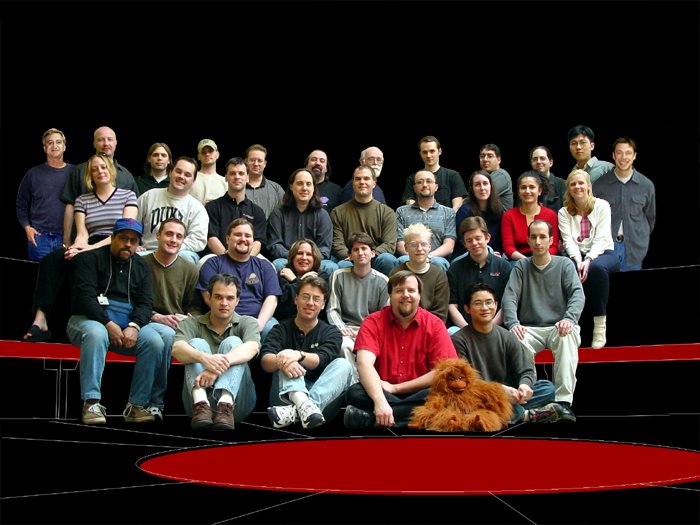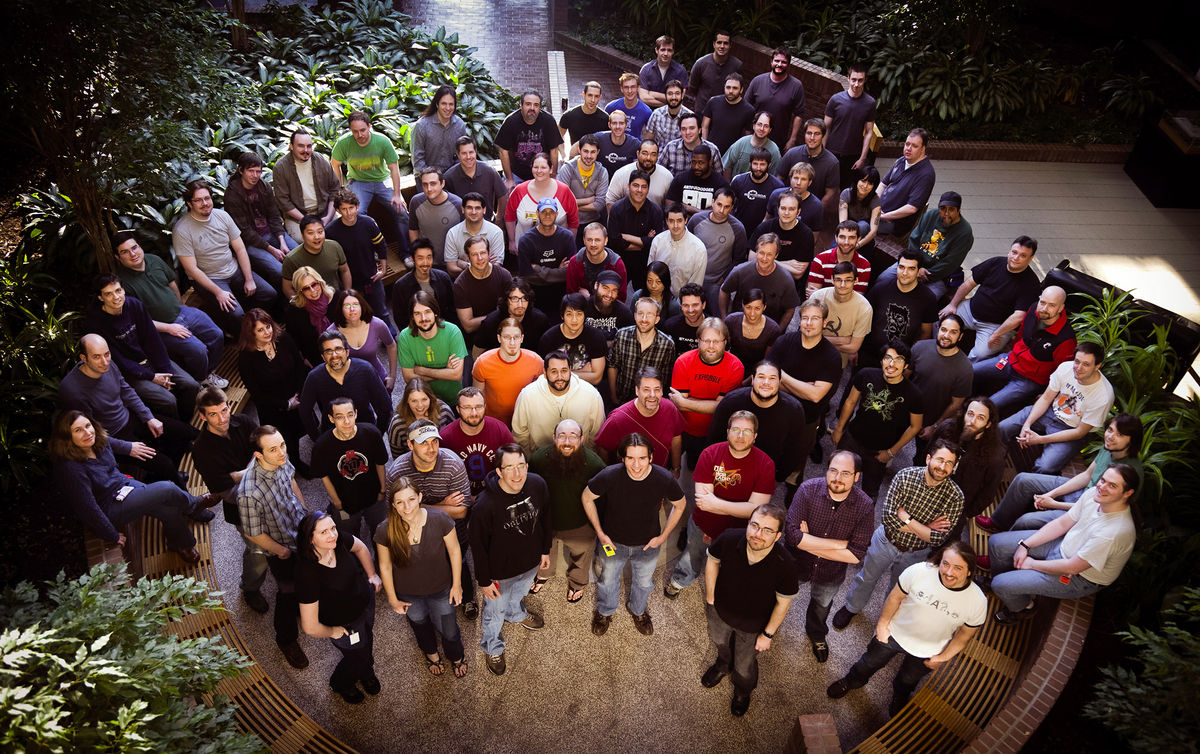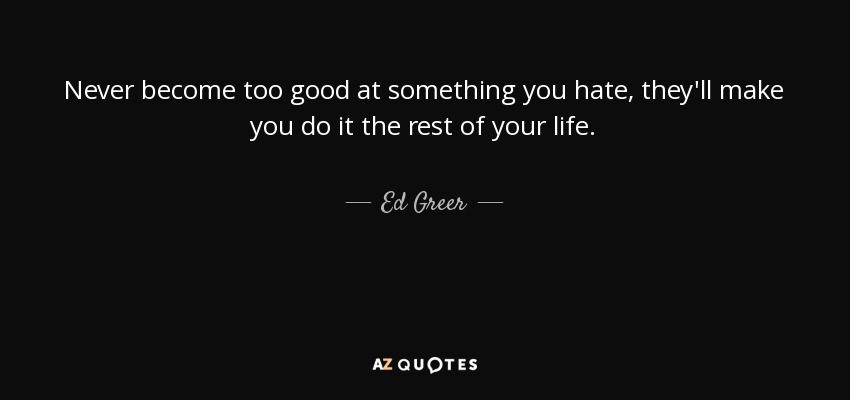MrRibeye
Member
3D Realms in 1996 who released Duke Nukem 3D that year.

Photo of the founders of Red Storm Entertainment in 1996 who would two years later give us the first Tom Clancy's Rainbow Six game on the original PlayStation 1.

BioWare during Baldur's Gate development, circa 1997.

Group shot of most of the Blizzard North team, circa 1997 a year after the release of the first Diablo game.

The Jedi Knight (LucasArts, 1997) design team.
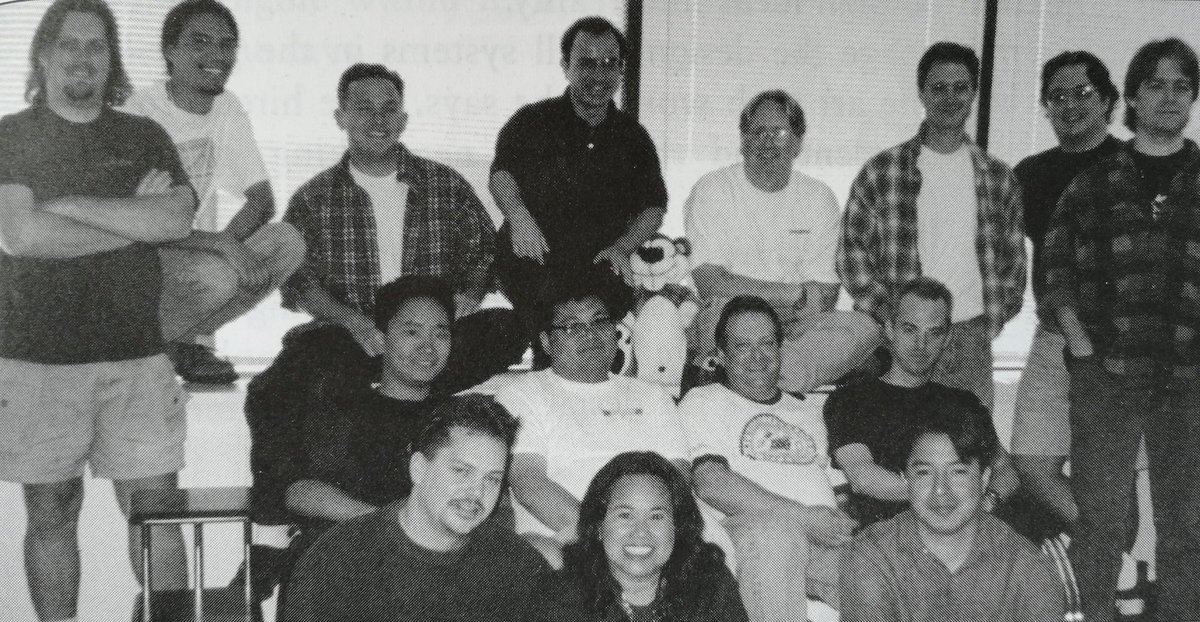
The Half-Life team around 1998, from the Sierra Studios E3 1998 Press Kit.

Team Silent in 1998 before incorporating the main development team of Konami and releasing Silent Hill 1 a year later.
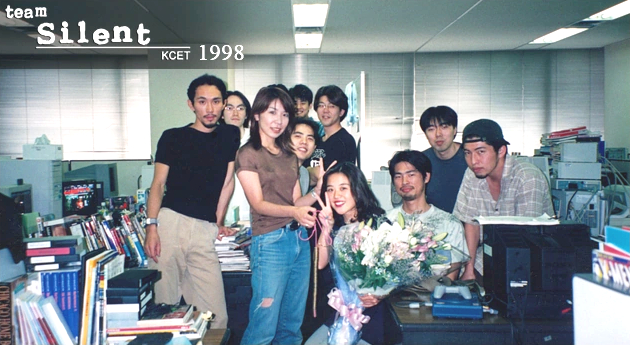
Neversoft in 1998, the team who brought us Tony Hawk's Pro Skater.

Rockstar Games circa 2001, the team behind GTA 3.

Remedy team on the day they had finished working on Max Payne (15 July 2001):
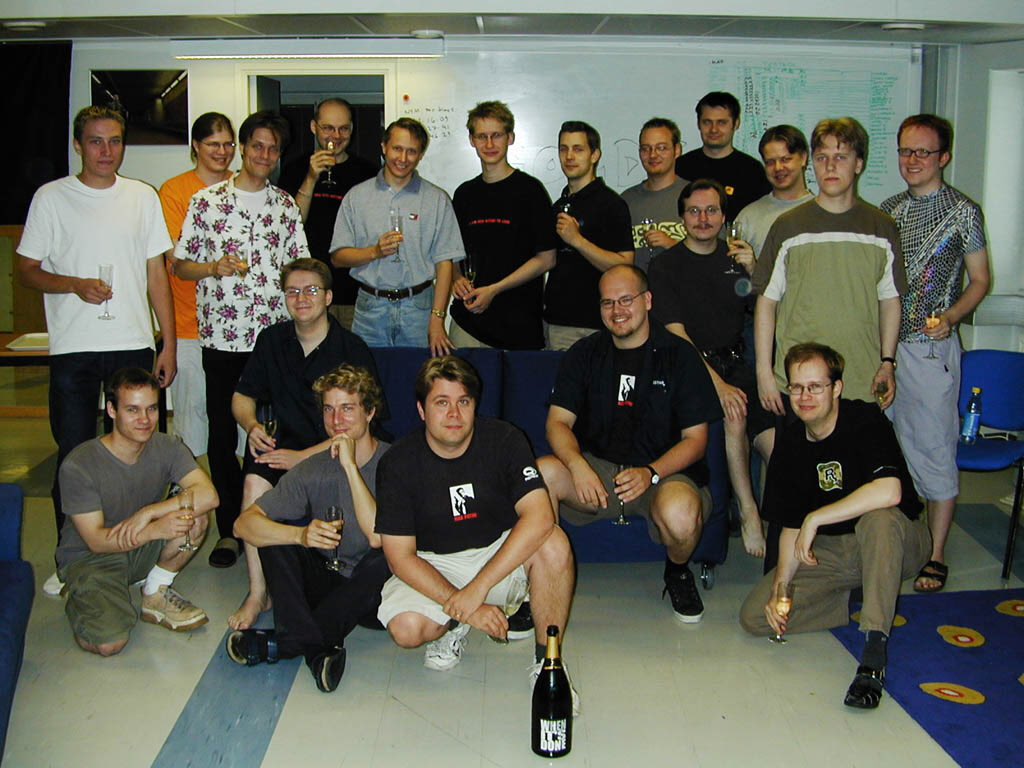

Photo of the founders of Red Storm Entertainment in 1996 who would two years later give us the first Tom Clancy's Rainbow Six game on the original PlayStation 1.

BioWare during Baldur's Gate development, circa 1997.

Group shot of most of the Blizzard North team, circa 1997 a year after the release of the first Diablo game.

The Jedi Knight (LucasArts, 1997) design team.

The Half-Life team around 1998, from the Sierra Studios E3 1998 Press Kit.

Team Silent in 1998 before incorporating the main development team of Konami and releasing Silent Hill 1 a year later.

Neversoft in 1998, the team who brought us Tony Hawk's Pro Skater.

Rockstar Games circa 2001, the team behind GTA 3.

Remedy team on the day they had finished working on Max Payne (15 July 2001):

Last edited:




